WASHINGTON, D.C.—The federal government last week published a notice of clarification in response to a court order requiring it to adequately address comments and proposals made by the American College of Emergency Physicians (ACEP) and other organizations regarding the Greatest of Three Rule.
In its lawsuit against the U.S. Departments of Labor, Health and Human Services, and the Treasury (the “Departments”), ACEP argued that a regulation under the Affordable Care Act is in violation Congressional intent (ACEP v. Thomas E. Price, MD). The Departments issued the clarifications but refused to make any revisions to the rule. ACEP’s Board of Directors will discuss further legal recourse during its meeting in May.
ACEP originally filed the lawsuit in May 2016 against the Departments regarding the so-called “Greatest of Three Rule,” which was issued in 2015, under the authority granted to them by the Patient Protection and Affordable Care Act.
In the suit, ACEP asked the court to require transparency of data and fair insurance coverage for emergency patients who are “out of network” because of a medical emergency. In addition, ACEP argued that since there is no objective verification of whether the coverage amounts paid by insurers for such cases are truly “usual, customary, and reasonable” (UCR), insurers have been able to shift an unequal cost-sharing burden to patients in violation of the ACA.
In August 2017, the U.S. District Court for the District of Columbia remanded the case back to the U.S. Departments for further explanation, saying that comments during the regulation’s development had been submitted to the Departments expressing concerns “for example, that the methods it used to set payments were not transparent and could be manipulated by insurers.…The Departments all but ignored these comments and proposals.”
ACEP has called for transparency by insurance companies and use of independent databases, such as Fair Health (www.fairhealth.org), for calculating payments for out-of-network emergency care. The Fair Health claims database was developed after United Healthcare was successfully sued by the State of New York for fraudulently calculating and significantly underpaying doctors for out-of-network medical services (using its own Ingenix database).
 American College of Emergency Physicians
American College of Emergency Physicians







